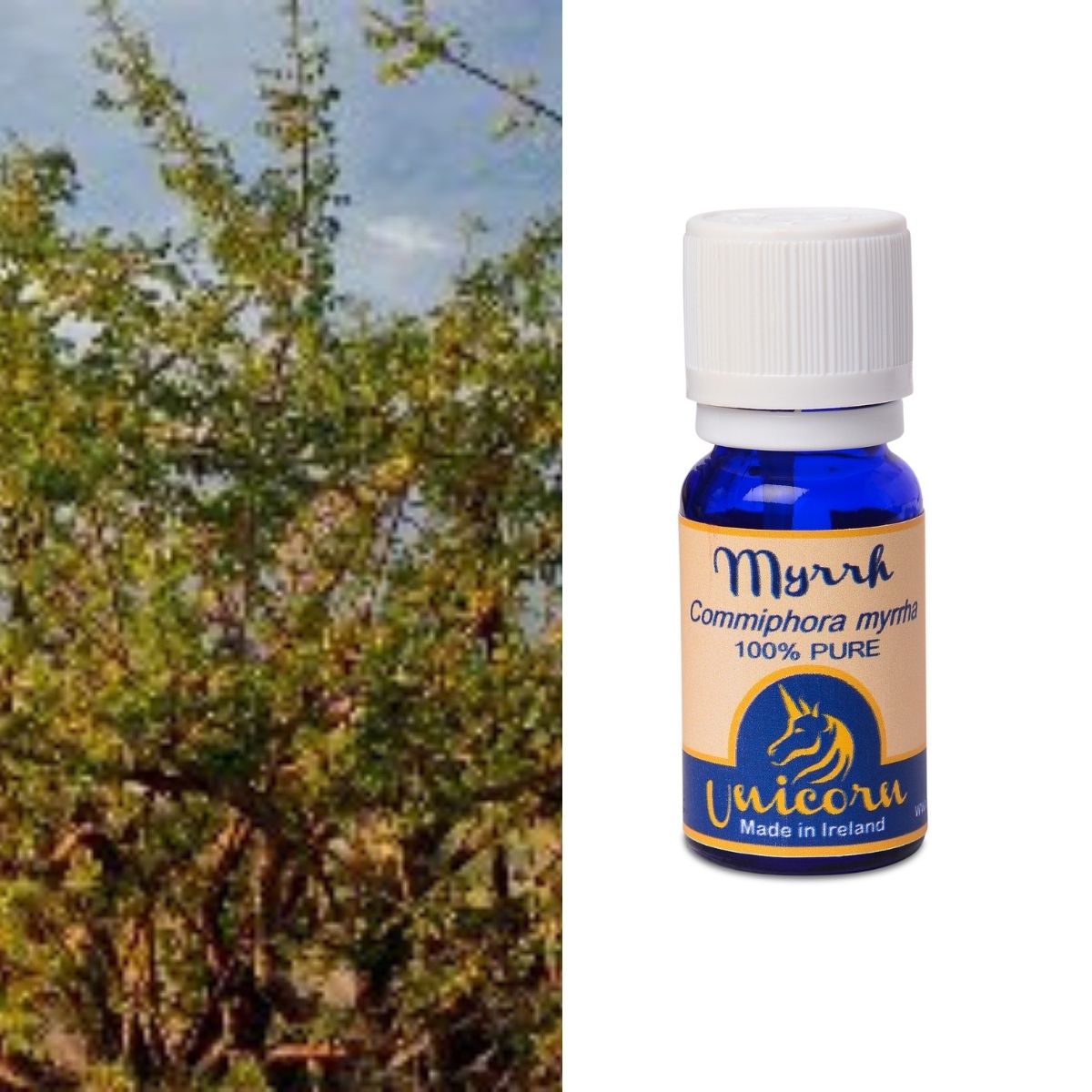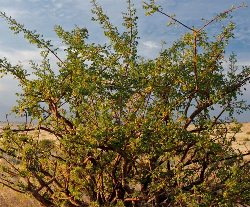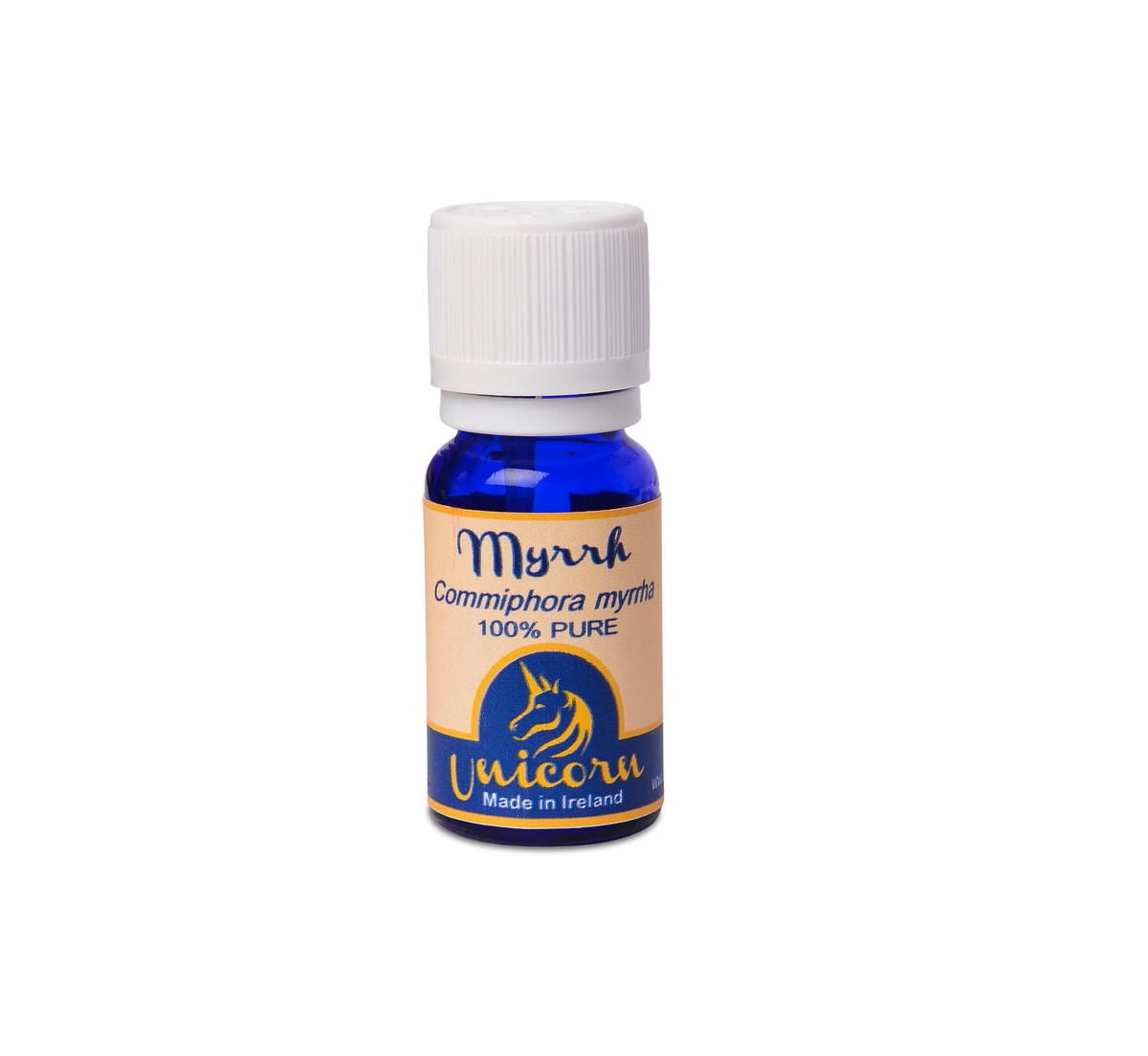MYRRH (Tree resin) Commiphora myrrha
Myrrh Essential Oil has a warm, slightly musty smell and is pale yellow to amber in colour. If you talk about a magical essential oil in aromatherapy, then this must surely be it, as it not only works on increasing your spiritual self, but produce wonderful results when used to treat female complaints, skin ailments, as well as detoxifying the body and expelling mucus and phlegm from the body.
Myrrh oil is effective against excessive mucus in the lungs and helps to clear ailments such as colds, catarrh, coughs, sore throats and bronchitis. It is used for diarrhoea, dyspepsia, flatulence and haemorrhoids.
It is very good for mouth and gum disorders, such as mouth ulcers, pyorrhoea, gingivitis, spongy gums and sore throats.
On the skin, it is used with great success on boils, skin ulcers, bedsores, chapped and cracked skin, and ringworm, weeping wounds, eczema and athlete’s foot.
Furthermore, it is of great help to promote menstruation and for relieving painful periods and to ease difficult labour in childbirth.
Myrrh essential oil has astringent properties; it is rejuvenating and beneficial for all skin types, especially mature skin. It is uplifting, revitalising and has a soothing effect on the emotions
Myrrh oil blends well with
Although essential oils blend well with one another, Myrrh Essential Oil blends particularly well with Benzoin, Clove, Cypress, Frankincense, Geranium, Lavender, Patchouli, Peppermint, Sandalwood, and Thyme.
Therapeutic properties
The therapeutic properties of Myrrh Essential Oil are anti-catarrhal, anti-inflammatory, antimicrobial, antiphlogistic, antiseptic, astringent, balsamic, carminative, cicatrisant, emmenagogue, expectorant, fungicidal, sedative, digestive and pulmonary stimulant, stomachic, tonic, uterine and vulnerary.
Therapeutic properties explained
Chemical composition
The main chemical components of Myrrh Essential Oil are a-pinene, cadinene, limonene, cuminaldehyde, eugenol, m-cresol, heerabolene, acetic acid, formic acid and other sesquiterpenes and acids
Extraction
Myrrh is a small tree that can grow up to 5 meters (16 feet) high with light bark and knotted branches, few leaves and small white flowers. It is native to Somalia, Arabia and Yemen. When the bark is cut, the oleoresin-gum resin exudes as a pale-yellow liquid, which dries into reddish-brown lumps the size of a walnut from which the oil is distilled.
Unicorn Aromatherapy’s Myrrh Essential Oil comes from Somalia and is extracted by steam distillation of the oleoresin-gum (crude myrrh) and yields 3 – 5 %.
Precautions
Myrrh oil is non-irritant and non-sensitizing, but could be toxic in high dosage and should not be used in pregnancy, as it can act as a uterine stimulant.




